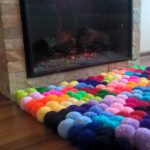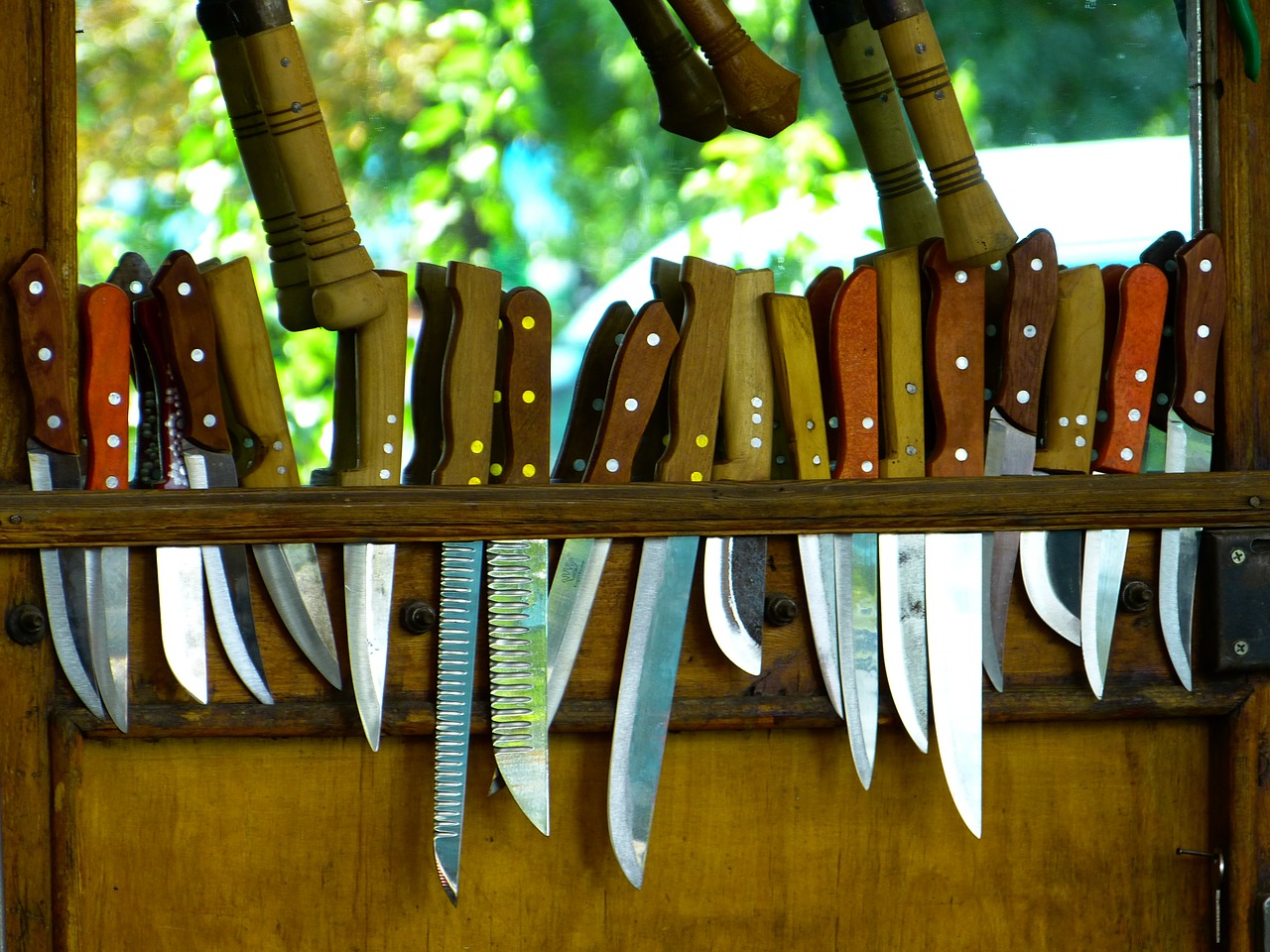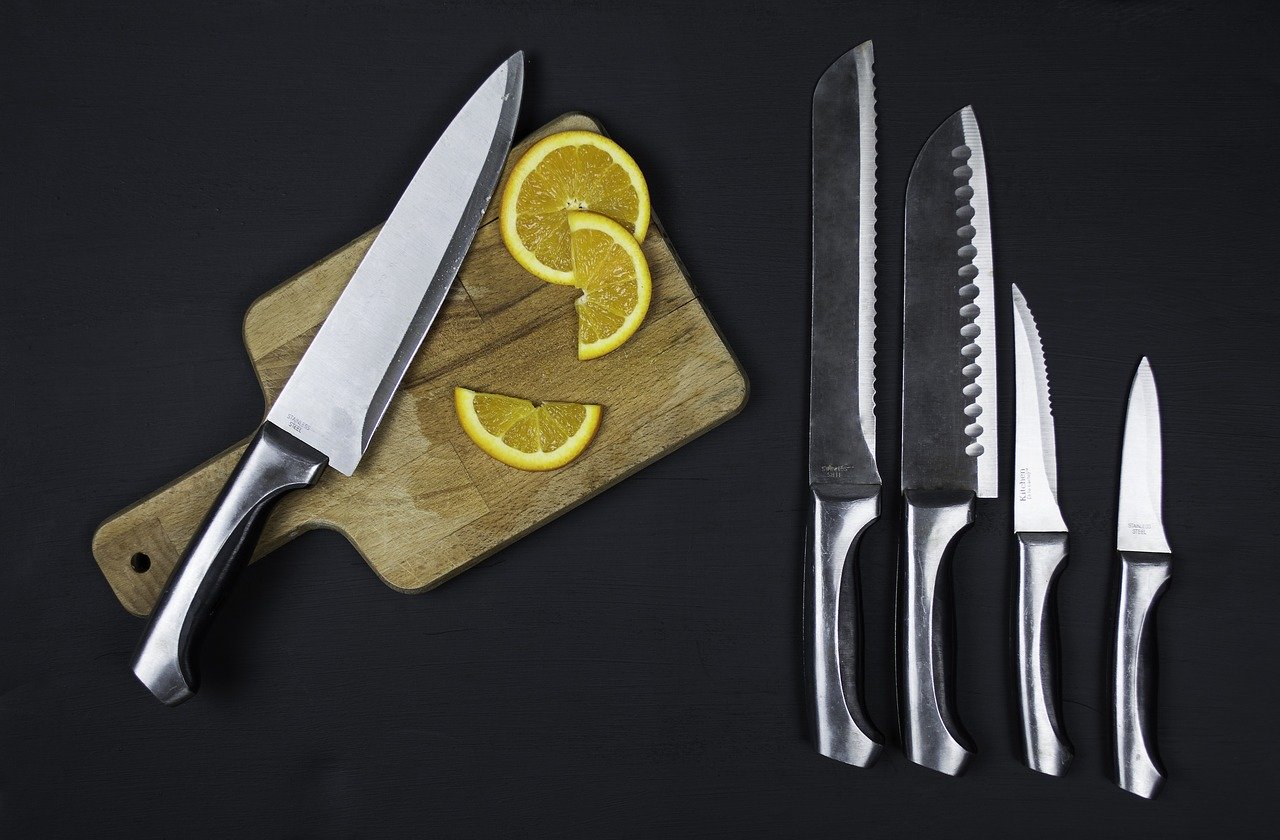DIY knife sharpener, instructions
Everyone is familiar with the situation when, when cutting the same meat, it seems that it is simply rubber. Often it’s not the meat at all, it’s just time for someone to sharpen the knife. You can, without further ado, move it around the whetstone no matter how you hit it, and with grief, cut the product in half. But if you want to work with a serviceable, sharpened tool, you need a more serious approach. Today we will talk about how to make a simple and convenient device for sharpening knives.
The content of the article
What and how to sharpen
It turns out there are some nuances here. Depending on the purpose of the cutting tool, the sharpening angle can vary greatly. Even among kitchen knives there is its own classification according to purpose - for meat, bread, vegetables, or for chopping bones. And this is not to mention hunting knives.
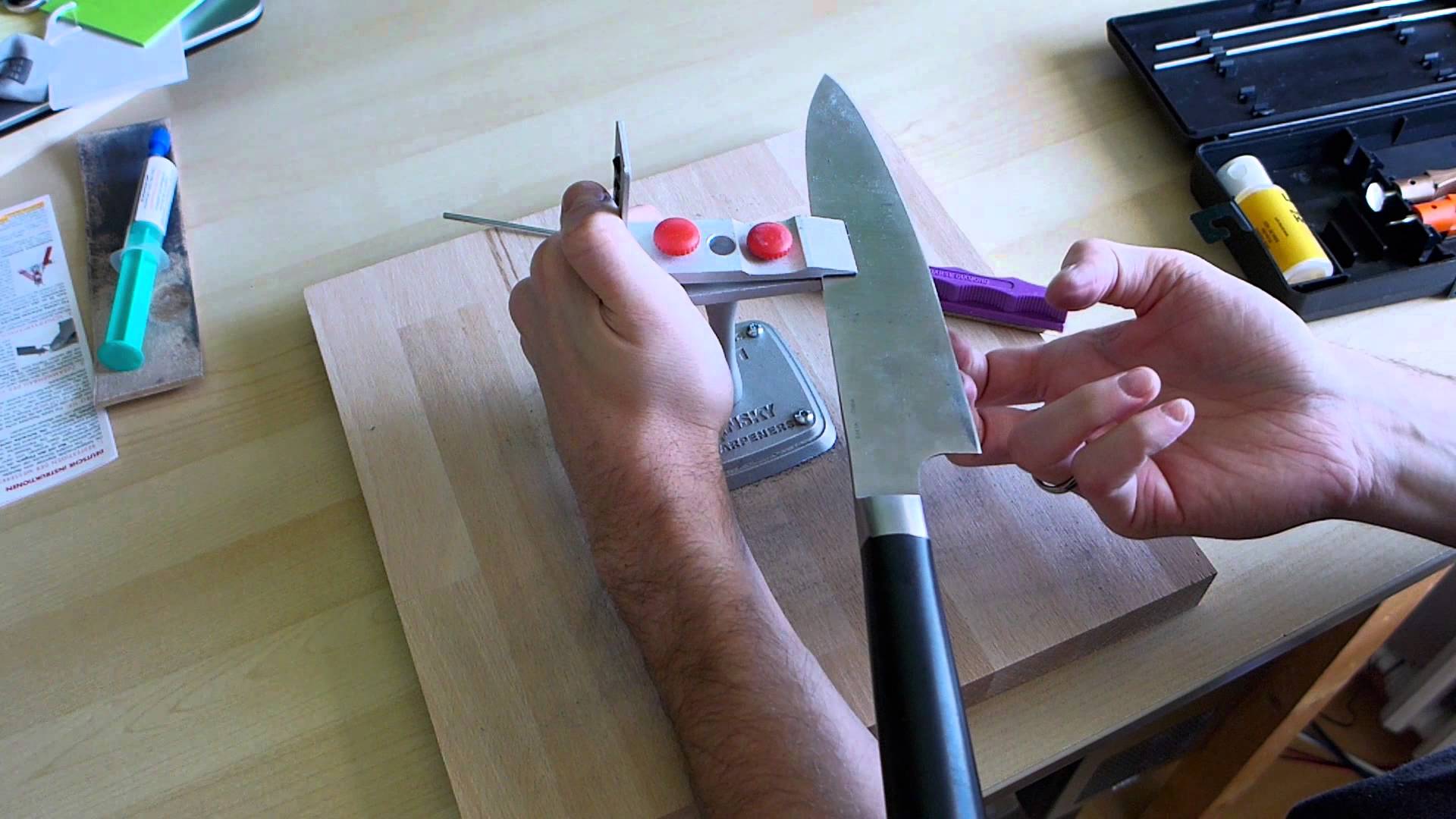
The rule when choosing a sharpening angle is simple - the smaller it is, the sharper the cutting edge. True, it serves much less, and chopping bones with such a tool, to put it mildly, is not worth it. It is recommended to adhere to the following angles when sharpening:
- For scalpels or straight razors - from 8 to 12 degrees. This tool can be used to shave off a mustache or beard; it is no longer suitable for anything more serious.
- fillet knife has a similar sharpening, with an angle of 10-15 degrees.
- For slicing bread or vegetables they are already doing from 15 to 20 degrees.
- Utility and hunting knives, as a rule, they are sharpened at an angle of 20-25 degrees.If the blade is thick enough, you can give it a 40-degree sharpening, then you can safely chop branches and open cans.
- If we are talking about machete or ax, the blade is sharpened at 30-50 degrees. Cutting bread with such a tool is problematic, but cutting down a branch, vine, or even the trunk of a small tree is quite possible.
There are also universal tools with different sharpening angles. It is quite difficult to fine-tune them. In order to avoid the hassle of maintaining the desired blade angle, it makes sense to make a device with a changeable angle of inclination of the whetstone.
Types of whetstones
Classification is based on two criteria - the origin of the material and its grain size. According to the material, the whetstone can be slate, corundum, ceramic or diamond (grain from technical diamond).
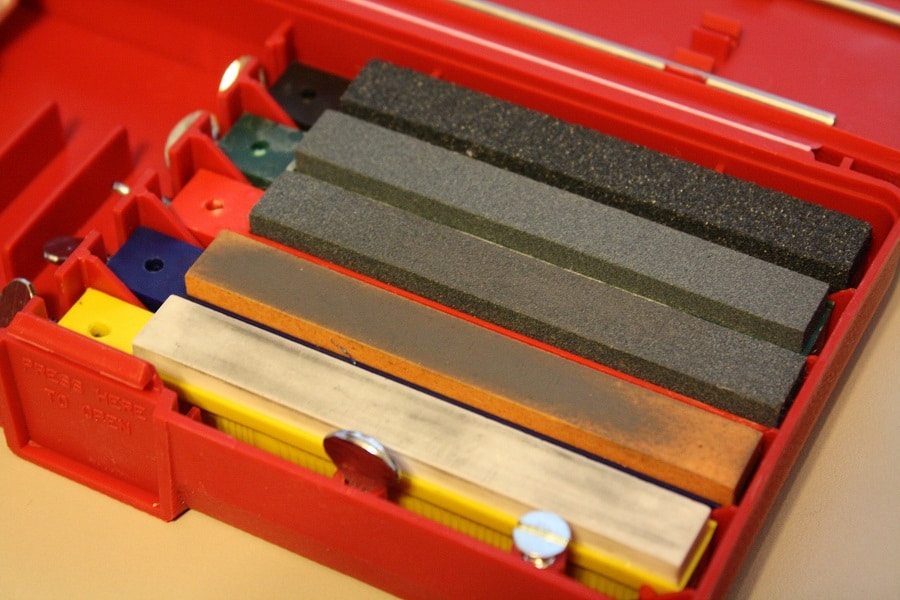
Before use, corundum and shale deposits are moistened with water or soap solution. The part of the abrasive that comes away from them during the sharpening process forms a kind of paste that helps fine-tune the blade. What is noteworthy is that finely abrasive stones are rarely found among stones made from this material. They last much less than ceramic or diamond ones.
By graininess Abrasive is usually classified depending on the number of grains per square inch of surface:
- From 200 to 250 - very rude, used for straightening completely damaged cutting edges, for example, an axe.
- From 300 to 350 - rude, are also used when profiling the edge and changing the sharpening angle. If there are no obvious dents on the blade, there is no point in using it.
- From 400 to 500 - average, a rather exotic species, found only in a few producers. By and large, it’s easy to do without it.
- 600 to 700 is the most common, small abrasive.It is most often used on the farm.
- From 1000 to 1200 - very small. Serves for final finishing of the blade and polishing it.
Some bars have different grain sizes on different sides. To work, it is enough to have one medium- and fine-grained whetstone each. To make the sharpening process relatively convenient, the block must be at least twice as long as the blade.
Diagram of a simple and effective knife sharpener
There are a great variety of designs for sharpening a knife. We will not bother ourselves with questions of aesthetics, but will approach from a practical point of view. That is with minimal labor costs - maximum results.
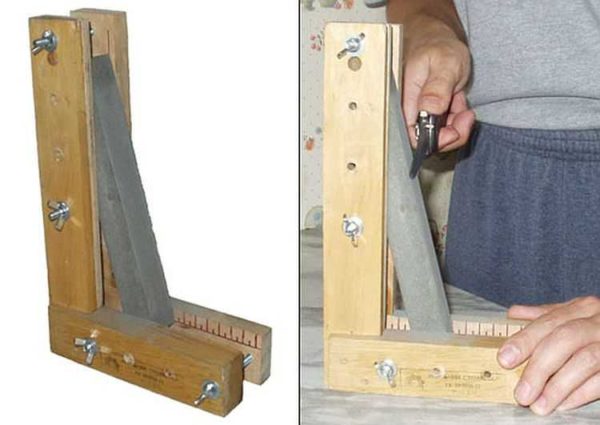
To make the device you will need:
- four wooden blocks, measuring 200x50x20 mm;
- four bolts with wing nuts;
- whetstone;
- wood screws from 70 mm;
- drill;
- screwdriver;
- protractor.
Two corners at 90 degrees are assembled from the bars using self-tapping screws. Holes for bolts are drilled in them in the same place relative to each other, 3-4 in different places on each block. It turns out to be a kind of touchstone holder. The angle at which it is clamped is set using a protractor. Clamping is done using wing nuts.
Despite its apparent simplicity, the design is very convenient to use. Whatever the sharpening angle, the knife blade is positioned and held in a vertical plane.
Recommendations regarding sharpening
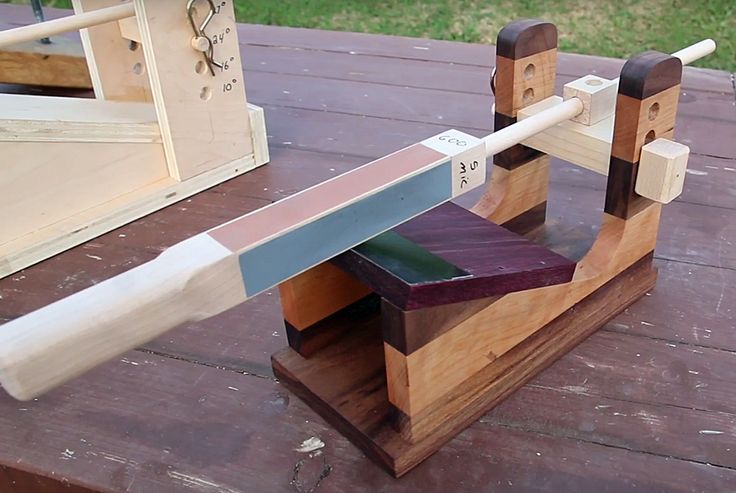
Let me briefly remind you for those who do not understand this issue:
- The process begins with a coarser abrasive, subsequently finishing the blade with a fine one. Before starting sharpening, we make sure that the block is securely fastened in the clamp.
- The angle at which the whetstone is clamped is half of the required one. For example, when sharpening a hunting knife at 40 degrees, set the protractor to 20.
- The movement of the knife begins from yourself, keeping the plane of the blade perpendicular to the touchstone. When sharpening a knife closer to its tip, the blade must be turned to maintain a right angle.
- The tip should not break away from the plane of the touchstone at the end of the movement, and should also smoothly return back.
- Sharpening is done until burrs appear on the back of the blade, after which the knife is turned over. It is desirable that the burrs be uniform along the entire length of the cutting edge.
- After a full cycle has been carried out on the second side (a burr has appeared on the opposite side again), change the abrasive to a finer one.
After completing finishing touches on the touchstones, some use leather belt with goyim paste, achieving perfect polishing. In this case, the knife is guided along the belt with its blunt edge forward, so as not to damage the leather or spoil the product.
In a word, no higher mathematics. With a little practice, your neighbors will soon be coming to you asking you to sharpen their knives.



